 9
9
Better known as the place where revolutionary poet Hristo Botev lost his life, Vrachanski Balkan - the portion of the Balkan Range around Vratsa - is also notable for its numerous natural landmarks.
Its flanks, sloping down in the western part of the Balkan range are covered in age-old beech trees and some rare plant species. From springtime until the beginning of summer, this part of the mountain is particularly alluring. Looking down after a day’s hard trekking along its steep paths, the beauty unfolding before our eyes is truly breathtaking. Even after a long and hard climb, trekkers never seem to weary, their eyes riveted on the magnificent scenery. And when the heat grows unbearable, there is always shade to be found under the dense-leaved trees or inside a cave.
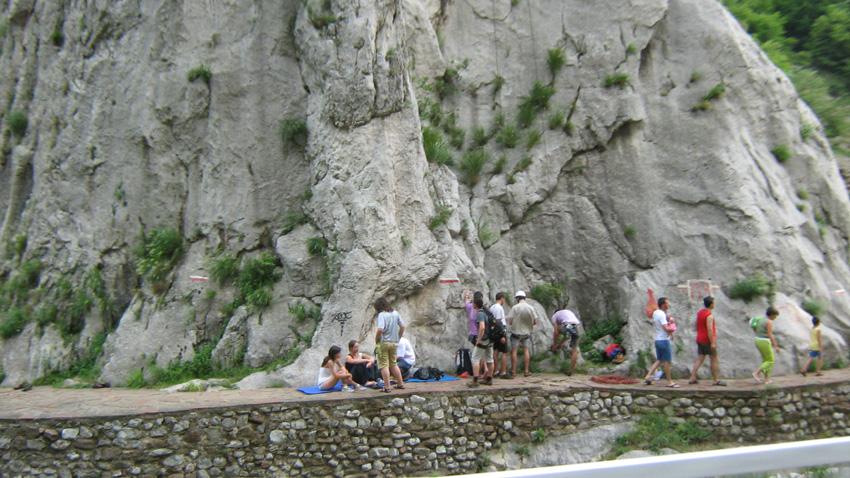
“There are more than 500 caves and precipices on the territory of Vrachanski Balkan Nature Park,” says our guide Yulian Tananov. “This is so because this is karstic terrain – the mountain is made up entirely is sedimentary rock. The sediments are mostly of limestone from different geological eras and sandstone. These soil strata are discernible most of all in the region of Lakatnik railway station – there the sediments of the individual geological eras are clear to see.
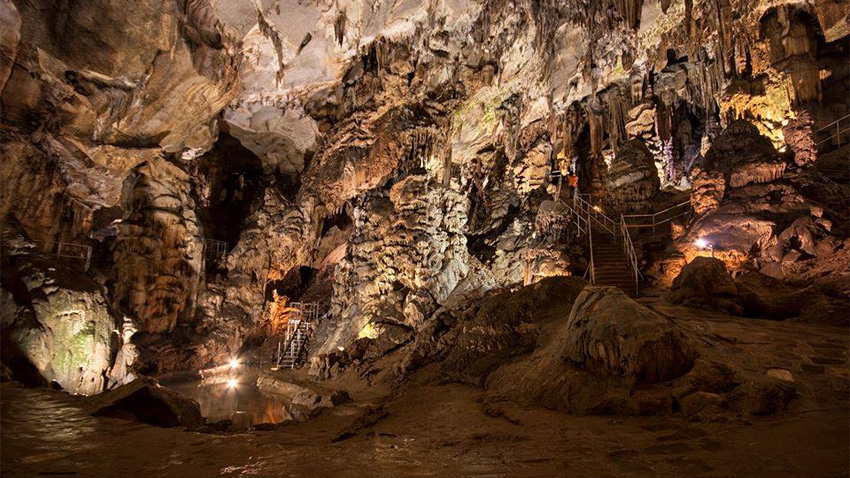
One of the most famous caves in these parts is Ledenika – the pearl in the crown of Vrachanski Balkan Nature Park – where all three principal cave formations are to be seen – stalactites, stalagmites and stalactones. In winter the temperature in the two front chambers of the cave drop down to 15, 16 degrees below zero. The water dripping from the roof is transformed into different ice formations which have given the cave its name – Ledenika (from “led”, ice).”
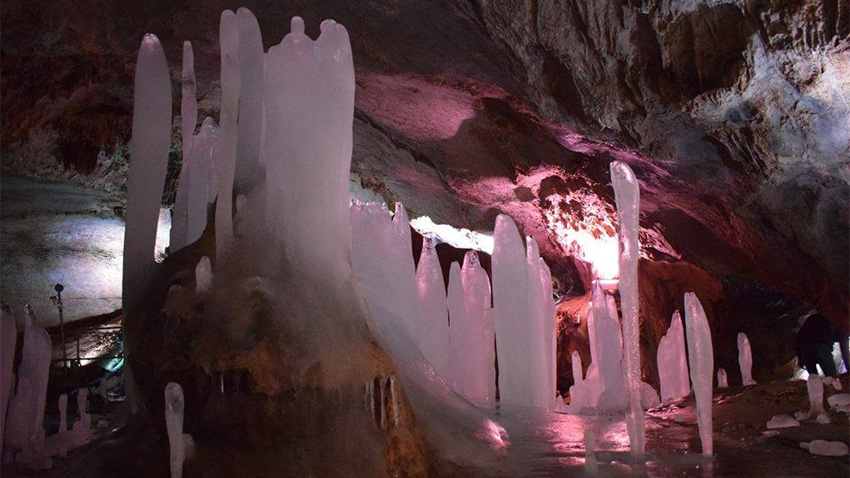
The cave is 300 metres long with 10 chambers. Before being officially opened to the public in 1961, shepherds from nearby villages used it to keep their sheep’s milk cool. In 1962 it was declared a natural monument. Majestic and unparalleled, the cave gives the imagination ample food for thought with its bizarre rock formations, sculpted by the water drop by drop. Many of them have been given names –“The crocodile”, “The giant’s head”, “The falcon”, “Father Christmas” etc. In the first chamber – actually called “The antechamber” – rises a colossal pillar of ice with a diameter of almost 21 metres. Passing through the “Small hall” and “Komata” corridor, we reach “The concert hall” where, though brief because of the high humidity, concerts are organized, and the acoustics imbue the music with a divine sound.

After “The concert hall” comes “The white hall” with the rock formations known as “Mother-in-law’s tongue”, “The giant’s wife”, “The elephant”, “Bathing girl”. The cave’s highest point, approachable only by the most experienced of climbers, bears the poetic name of “Seventh heaven”.
“One of the deepest precipice caves in Bulgaria – Barka 14 – is located near Gorno Ozirovo,” Yulian Tananov goes on to say. “The elevation gain from the entrance to the lowest point in the cave is 354 metres. It is fascinating but is really difficult of access. That is why it is a cave only experienced speleologists should attempt.
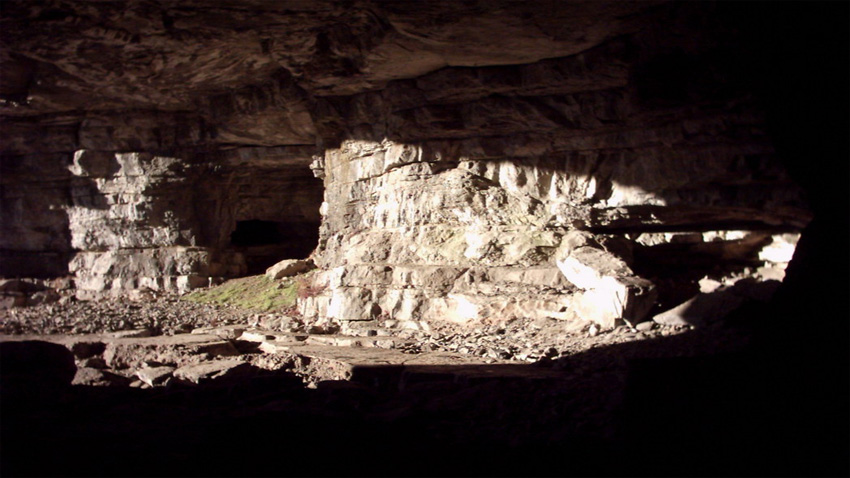
One of the longest caves in Bulgaria – Temnata Dupka, the Dark Hole, is in the vicinity of Lakatnik. Extreme adventure seekers can hire a guide from the Vrachanski Balkan Nature Park visitors’ centre.”
All speleologists from Sofia undergo training at the Temnata Dupka. Its galleries, a total of 2,750 metres in length, run in four tiers. At the bottom runs a river, whose waters have shaped twin galleries, effluent and non-effluent lakes, thresholds and waterfalls.
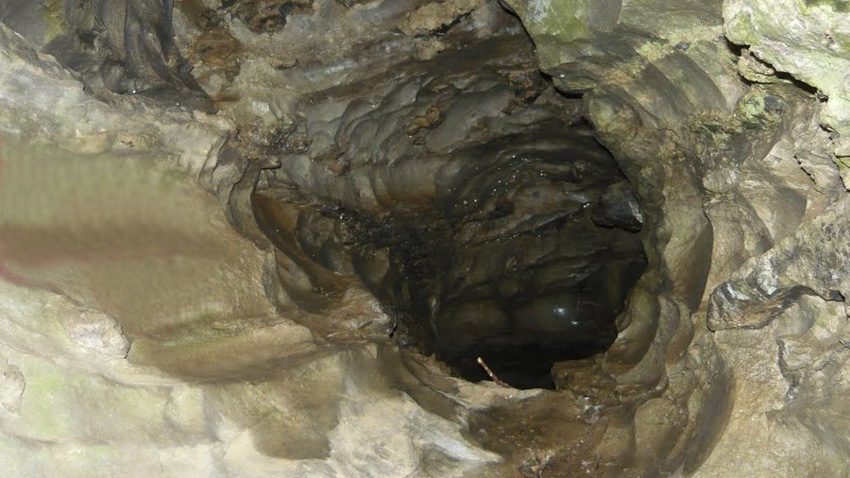
“The Zmeyova Dupka, Dragon’s Hole is another magnificent cave in these parts,” Yulian Tananov says. “It is a 70 meter chasm with two lakes at the bottom. Nature has sculpted exquisite formations here, shaped like water lilies. The Dyadova Dupka, Granddad’s Cave, located in the vicinity of Chelopek, close to the monastery of Chelopek is a dendritic cave. Dendrites are secondary cave formations which look like marbles. They are formed as the walls are sprayed by the water which is rich in calcium carbonate and the droplets cling to the other formations. The result are beautiful clusters which really have to be seen to be believed.”
English version: Milena Daynova
Photos: Darina Grigorova, Ledenika Park and archive“It grows but never ages!” The motto of Bulgaria’s capital city has proven to be true over time – Sofia continues to develop and turn into a beautiful European city, despite numerous challenges and imperfections. And it’s not just growing in terms of..
More than 50,000 people have visited the Bulgarian pavilion at the EXPO 2025 Osaka within just one month. The main theme of Expo 2025 Osaka (Japan) is ''Designing Future Society for Our Lives''. The Bulgarian pavilion is built with eco-friendly..
Bulgaria's national tourism portal has a new name and web address, the Ministry of Tourism said. Previously, the site was called BulgariaTravel.org , and it is now VisitBulgaria.com . According to Minister of Tourism Miroslav Borshosh, this is the..
They appear in the most unusual places: high in the mountains, on the seashore, under the treetops, and even directly beneath the starry sky. This..

+359 2 9336 661
